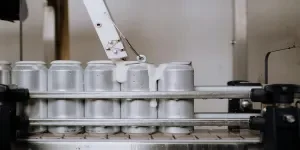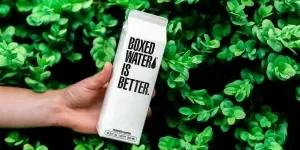Shopping bags are essential for consumers in their daily shopping activities. There are different styles of shopping bags available depending on what products need to be carried. This is a guide to the top shopping bag types that are useful for any business to know.
Table of Contents
Driving factors in shopping bag trends
Top shopping bag types
Shift towards eco-friendly alternatives
Driving factors in shopping bag trends
There are a few driving factors that are influencing current shopping bag trends. High-quality shopping bags are becoming more popular as companies aim to create a luxury shopping experience for customers. To help make the purchase of a product more appealing, retail bags are also being offered in different exciting colors and fashions.
Moreover, the growing regulation and bans on plastic bags is pushing businesses towards reusable shopping bags or bags made from biodegradable or recyclable materials. The reusable shopping bag market is expected to grow at a compound annual growth rate (CAGR) of 2.8% between 2022 and 2028. An European consumer preferences survey commissioned by Two Sides in 2020 also found that 70% of consumers are actively taking steps to reduce their use of plastic packaging. In response, many retailers are using eco-friendly bags to help reduce their environmental impact and meet sustainability targets.
Top shopping bag types
Plastic grocery bag
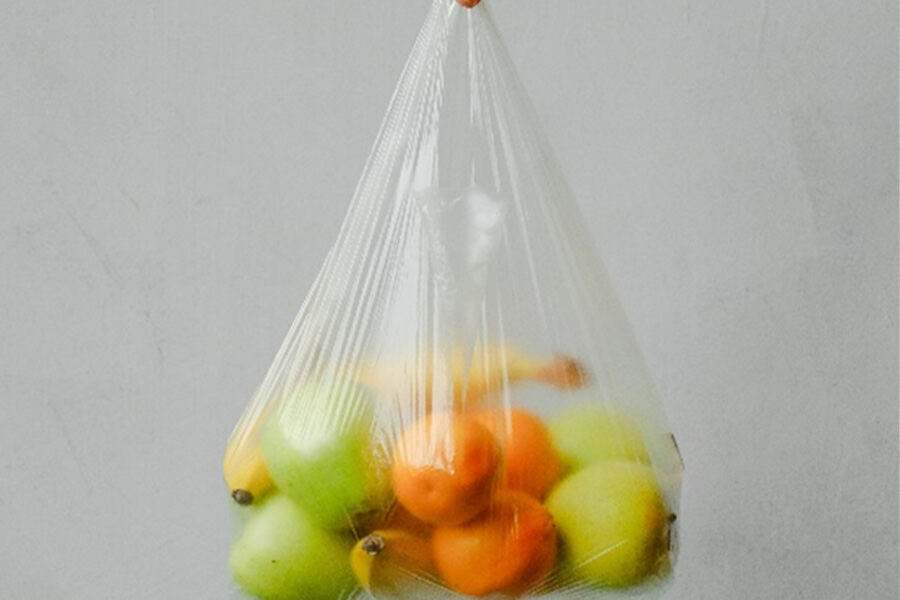
One of the most standard types of shopping bags is the plastic grocery bag. These bags are frequently used by supermarkets, convenience stores, and shopping malls for bagging grocery products or clothing items.
Plastic grocery bags are sometimes referred to as single-use plastic bags even though they can be reused by consumers for other purposes. Grocery bags are traditionally made from a plastic known as polyethylene, but modern bags may be made of vegetable-based bioplastics. Bioplastics are a more environmentally sustainable option because they can decay organically and prevent a build-up of toxic plastic bags in landfills. Shopping bags made from polylactic acid (PLA) plastic, a plastic substitute made from cornstarch, are quickly becoming an alternative to petroleum-based plastics. PLA plastic bags are 100% compostable and biodegradable.
Plastic shopping bags are generally translucent or opaque and will often come with custom printing of the company logo and other company information.
Plastic die cut bag
Plastic die cut bags are a more durable alternative to plastic grocery bags. Die cut plastic bags are commonly used for bagging clothing and accessories, smaller grocery items, or beauty and skincare products.
Die cut bags are plastic shopping bags that come with a cut-out handle along the top. For sturdier construction, they can be designed with reinforced fold-over or patch die cut handles. Larger die cut bags may also come with bottom gussets that allow the bag to hold more items.
Die cut handle bags can be made from low-density polyethylene (LDPE) or high-density polyethylene (HDPE) materials. LDPE die cut bags are highly resistant to tearing and punctures, while HDPE bags are more durable overall. Die cut handle bags can be manufactured in a variety of colors with custom printing to add branding or special designs.
Laminated paper bag

Laminated paper bags are an elegant and upscale shopping bag type for high-end retailers. They are generally used for fashion items or skincare and beauty products.
Laminated paper shopping bags are made from paper or cardstock with a polypropylene lamination. They are available in high gloss, matte, or soft touch finishes. Paper bags with lamination will often be designed as stand-up shopping bags that can be folded flat for transport purposes.
Paper shopping bags can be finished with different types of handles made from die cutting, cotton ropes, satin bands, or twisted paper. For a unique look, the laminated paper bag can be customized with graphics applied through flex printing, screen printing, or hot foil stamping.
Kraft shopping bag
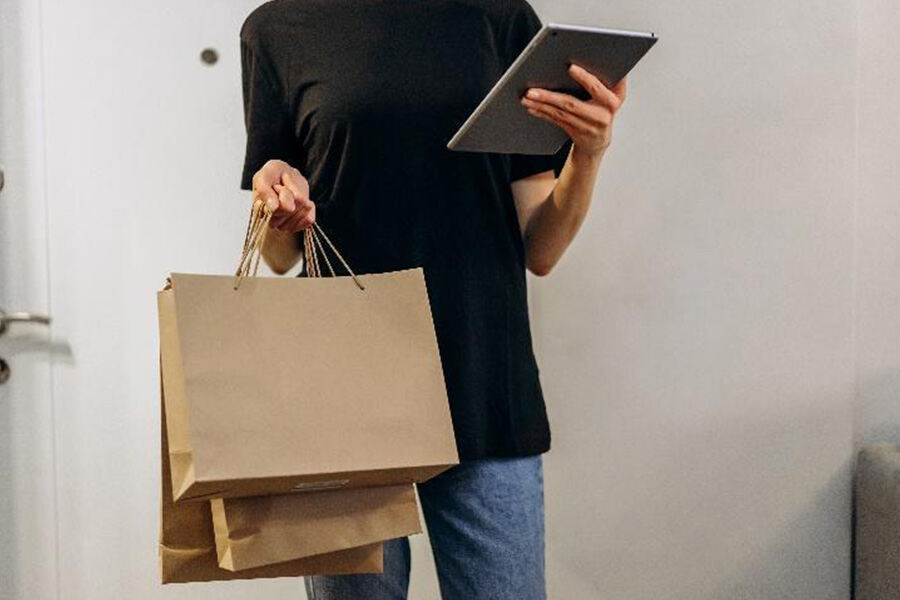
Although paper shopping bags can come in many materials, including white cardboard, offset paper, recycled paper, or newspaper print, kraft paper is a popular choice due to its strength and durability. Kraft shopping bags are more durable than other types of paper because they do not require extensive bleaching, which is a process that can reduce paper strength. Kraft paper bags are widely used by restaurants or supermarkets for food takeaway and groceries.
Kraft paper is made from sulfate wood pulp, and although kraft paper bags can be customized with color, many retailers will choose to retain the material’s more natural shades of brown, white, or cream. Additionally, kraft paper shopping bags are generally kept plain with no logos or branding, but can be finished with die cut or twine handles. With the rising costs of wood-based paper, some businesses are also turning to paper made from bamboo or sugarcane as an alternative.
Textile shopping bag
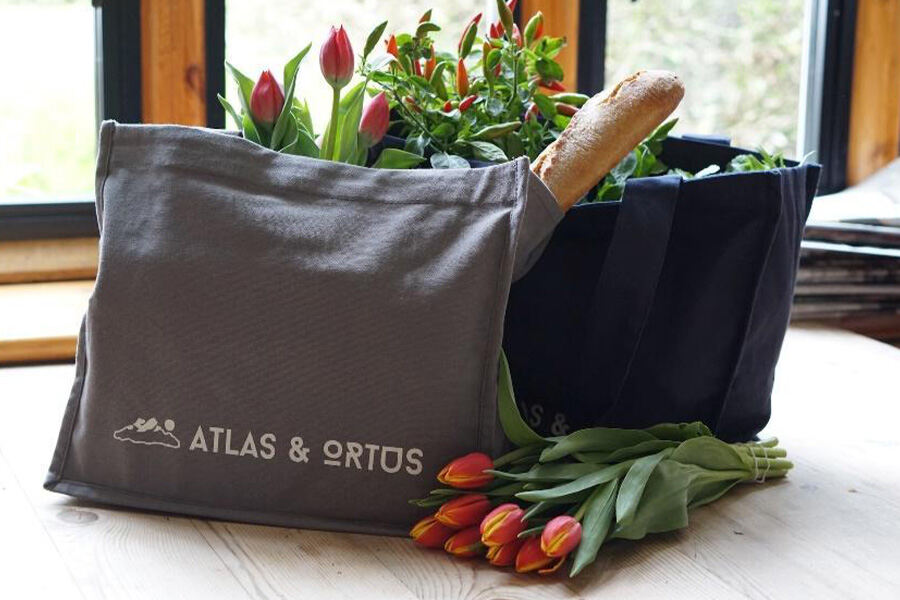
Textile shopping bags are a popular reusable bag option for retail stores and grocery stores looking for an alternative to single-use paper or plastic bags. They are often designed as a tote bag, drawstring bag, or net bag. Textile retail bags can be made from a variety of fabrics, including canvas, cotton, jute, twill, polyester, or hemp.
Larger textile bags will generally come with a bottom gusset to help keep items stable. They may also be designed with long handles to allow customers to carry the bag from their shoulders. High-end grocery stores may even offer insulated shopping bags that function as a cooler bag to keep groceries fresh. Textile bags can come in a wide range of colors and customized designs to help promote and spread awareness about a brand.
Shift towards eco-friendly alternatives
Plastic grocery bags and die cut bags are some of the most widely used types of shopping bags, but the growing trend towards eco-friendly packaging requires businesses to shift focus away from virgin plastic. The European consumer preferences survey commissioned by Two Sides in 2020 concluded that 62% of consumers see paper packaging as better for the environment. As a result of changing consumer tastes, retailers are beginning to transition to laminated paper, kraft paper, or textile shopping bags.
Although plastic shopping bags continue to be a basic option for many retailers, businesses are advised to explore recyclable and bio-based plastics, prioritize recycled paper bags, or invest in reusable textile bags to help minimize their environmental footprint.

